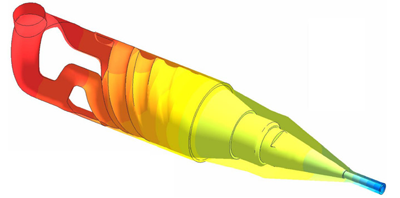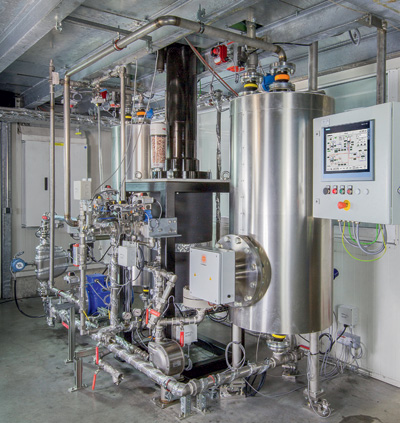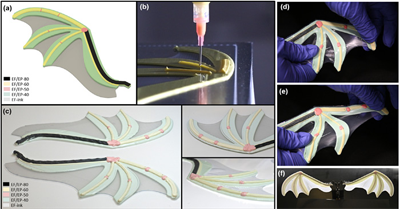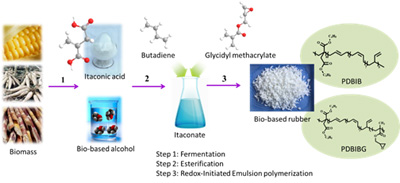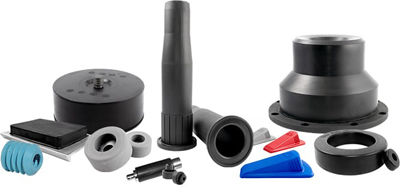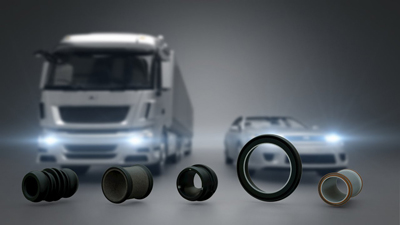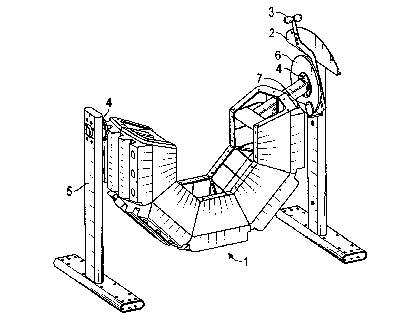Medical rubber tubing process and die optimization: Die redesign and fine tuning
Part 1 of this contribution, published in the May 2021 edition of Rubber World, investigated a real manufacturer’s process that was set to produce medical tubing. It was found (through trials at the extruder, then through simulations) that the equipment available to the manufacturer was too large for the relatively low output that was required for this project, and consequently the polymer was degrading on the screw surface. It was ultimately determined through simulation that a smaller extruder, with a screw optimized for the low rate, would work better.
Read More
